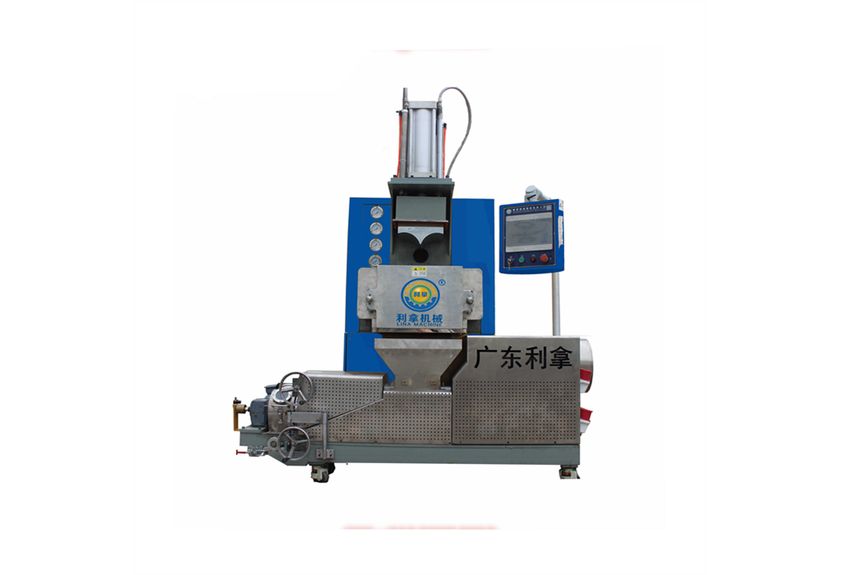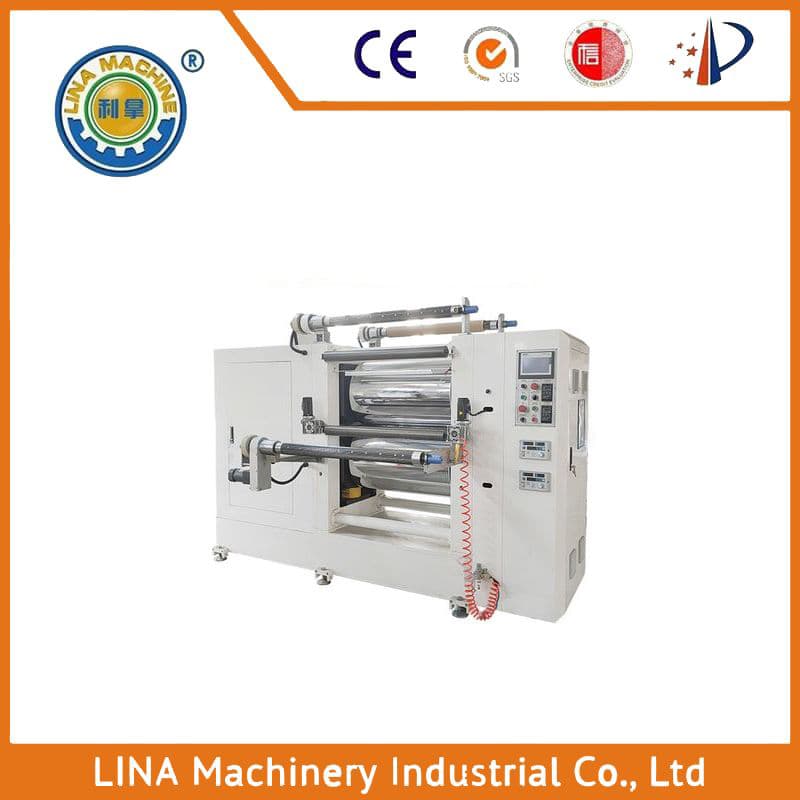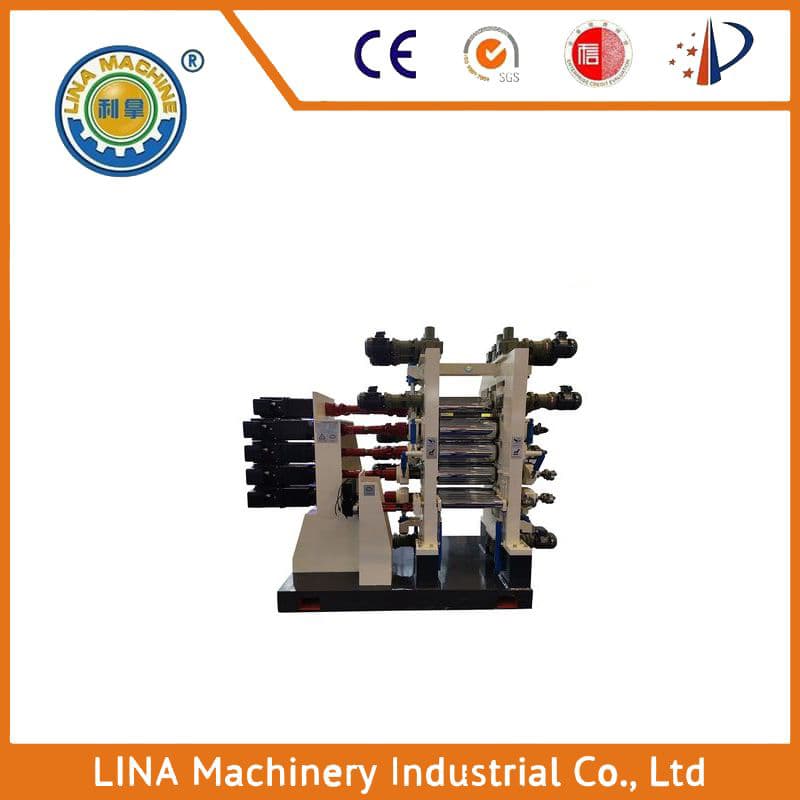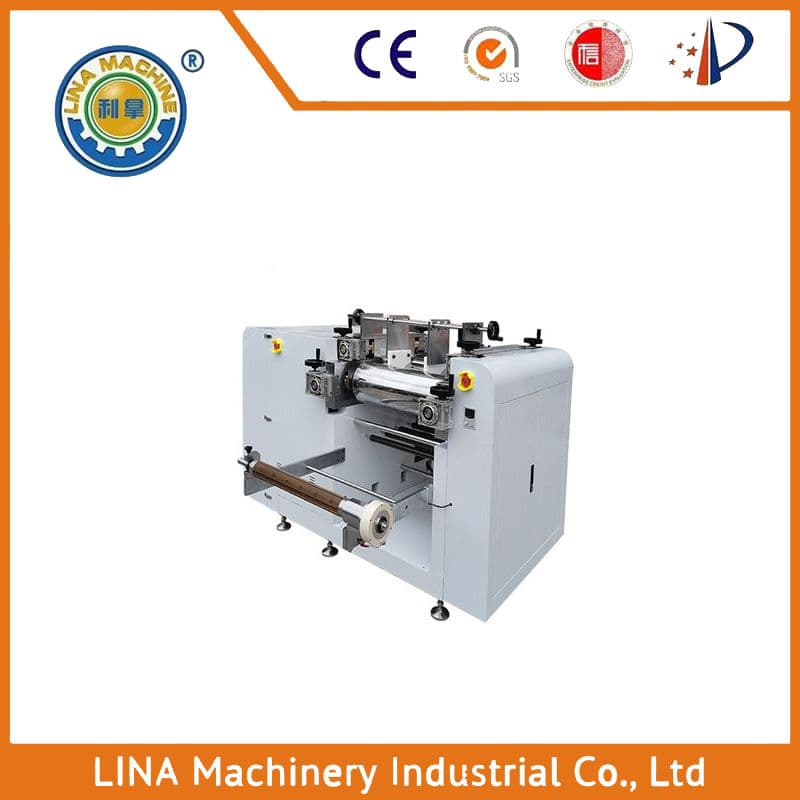The Art of Particle Formation in Ceramic Powder Making Machines
Ceramic powder making machines play a crucial role in the production process of ceramic materials. These machines are designed to convert raw materials into fine, uniformly sized particles that can be used for various applications such as electronics, construction, and automotive industries. In this article, we will explore the different types of ceramic powder making machines, their working principles, and how they contribute to the success of ceramic production.
Firstly, there are two main types of ceramic powder making machines: ball milling machines and fluidized bed grinding machines. Ball milling machines use a rotating ball to crush and grind the raw materials, while fluidized bed grinding machines use air or water to carry the particles through a fluidized bed. Both types of machines have their advantages and disadvantages, but they both achieve the same goal of producing high-quality ceramic powder.
The working principle of a ball milling machine is simple yet effective. The raw materials are fed into the mill, which consists of several grinding jars filled with balls. As the mill rotates, the balls roll against each other and the inner walls of the jars, crushing and grinding the raw materials into smaller particles. This process continues until the desired particle size is achieved.
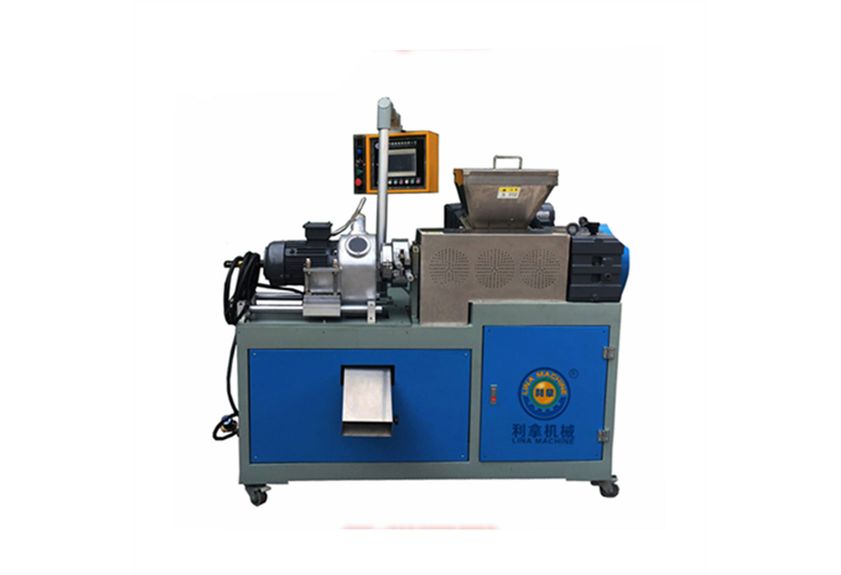
On the other hand, a fluidized bed grinding machine works by using air or water to carry the particles through a fluidized bed. The particles are suspended in a gas or liquid medium, which helps to break them down into smaller pieces. The particles then fall back into the grinding chamber where they are further crushed and ground into the desired particle size.
Both types of machines have their own advantages when it comes to ceramic powder production. Ball milling machines are more suitable for raw materials that require a higher degree of fineness, while fluidized bed grinding machines are better suited for raw materials that need to be ground into smaller particles. Additionally, ball milling machines are generally more cost-effective than fluidized bed grinding machines due to their simpler design and lower maintenance requirements.
In conclusion, ceramic powder making machines play a vital role in the production of ceramic materials. By understanding the different types of machines and their working principles, manufacturers can choose the right equipment for their specific needs and optimize their production processes. With the right machinery, ceramic manufacturers can produce high-quality ceramic powder that meets the demands of their customers.
